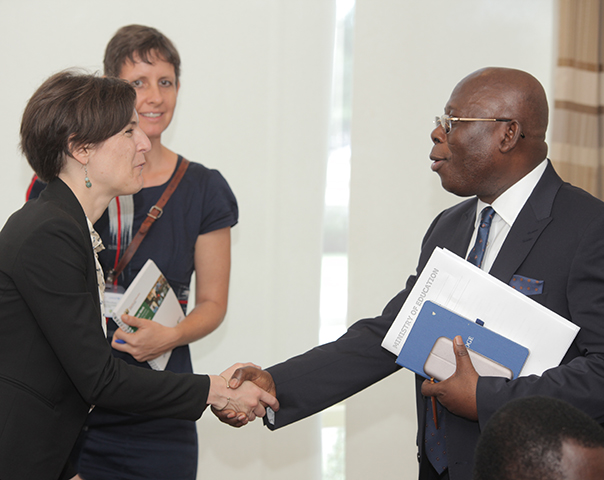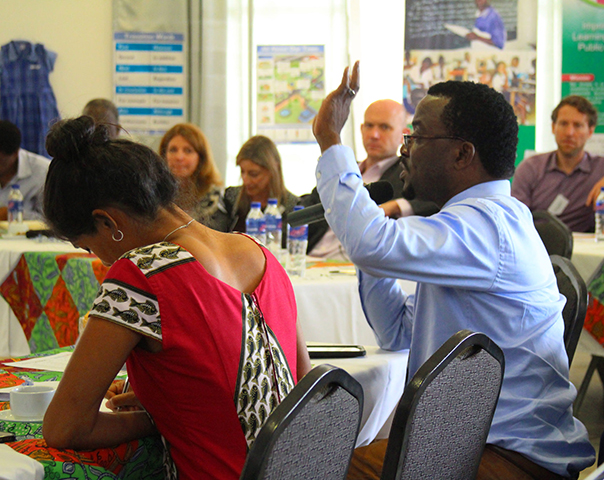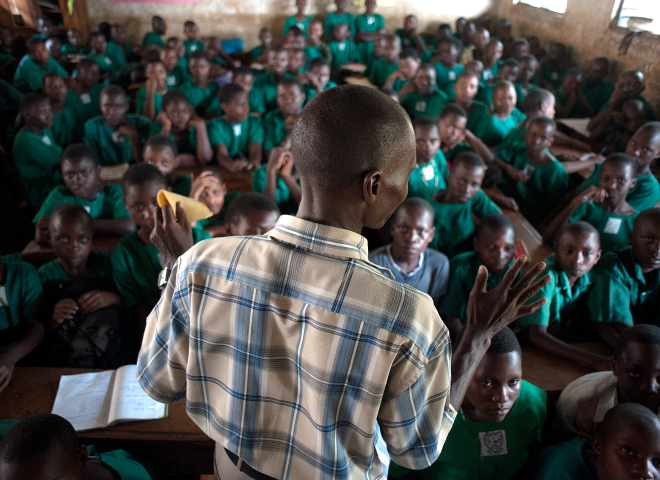The 1987 Constitution provides that “[t]he judicial power shall be vested in one Supreme Court and in such lower courts as may be established by law.” (Art. VII, Sec. 1). The exercise of judicial power is shared by the Supreme Court with all the courts below it, but it is only the Supreme Court’s decisions that are vested with precedential value or doctrinal authority, as its interpretations of the Constitution and the laws are final and beyond review by any other branch of government.
Unlike the 1935 and 1973 Constitutions, however, the 1987 Constitution defines the concept of judicial power. Under paragraph 2 of Section 1, Article VIII, “judicial power” includes not only the “duty of the courts of justice to settle actual controversies involving rights which are legally demandable and enforceable” but also “to determine whether or not there has been a grave abuse of discretion amounting to lack or excess of jurisdiction on the part of any branch or instrumentality of the government.” This latter provision dilutes the effectivity of the “political question” doctrine which places specific questions best submitted to the political wisdom of the people beyond the review of the courts.
Building on previous experiences under former Constitutions, the 1987 Constitution provides for specific safeguards to ensure the independence of the Judiciary. The Supreme Court under the present Constitution is composed of a Chief Justice and 14 Associate Justices. The members of the Court are appointed by the President from a list prepared by the Judicial and Bar Council of at least three nominees for every vacancy. This new process is intended to “de-politicize” the courts of justice, ensure the choice of competent judges, and fill existing vacancies without undue delay.











